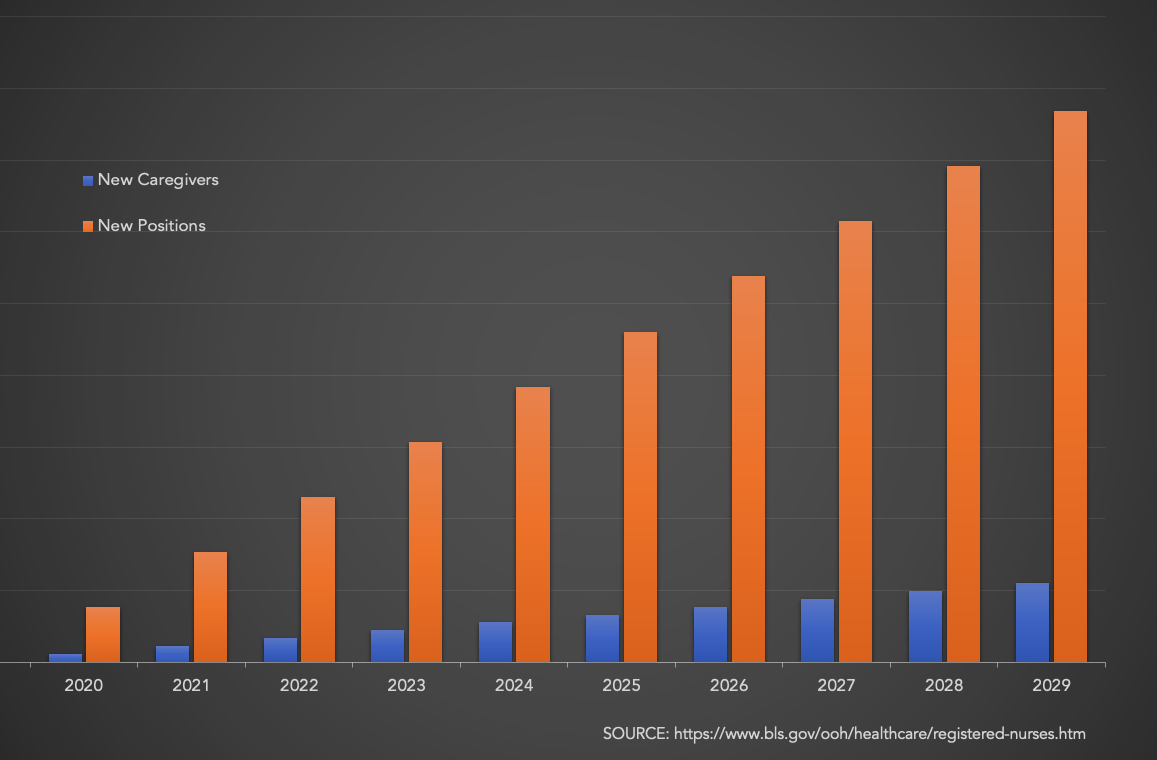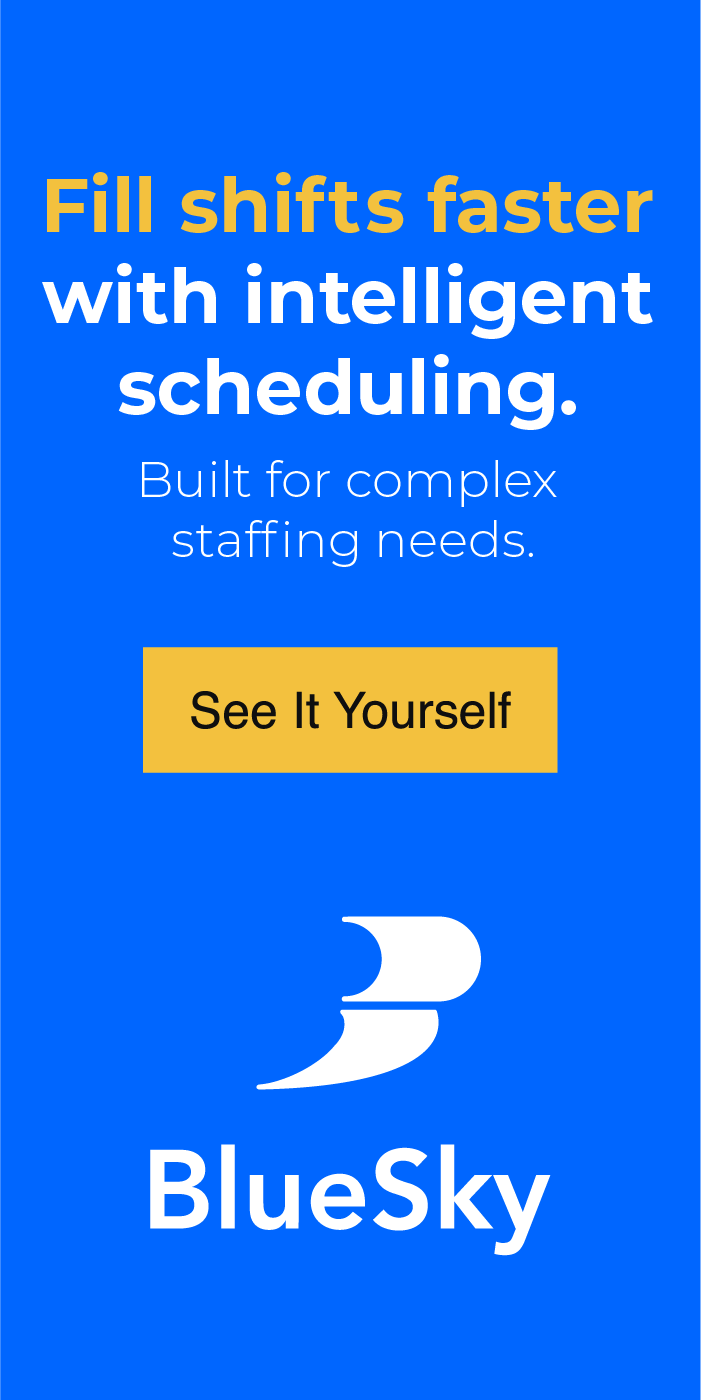As the pandemic has begun to wane, lingering questions remain. Not the least of which is how much worse staffing shortages became during this period, while the largest healthcare staffing firms enjoyed record breaking profits.
Throughout the period, staffing firms established “crisis” hourly rates for contracted staff. Due to significant risk and adverse working conditions, nurses traveling across the country were paid record incomes. In response, nearly 200 House members considered the rates charged by staffing firms to be “gouging” and presented a letter to the White House expressing as much.
Despite possible claims of overbilling, a larger, more long-term question arose. How is it possible that phone calls to nurse staffing agencies result in multiple candidates proposed for the position for 13 weeks? Some positions will always be harder to fill than others. But, when overtime, float pool and rearranging schedules is not enough, the travel nurse seems to be the easiest, albeit most expensive solution. This means clearly there are more nurses than are currently on staff, but where are they and how do you find them?
NURSING BY THE NUMBERS
Before further analysis, it’s instructive to review some root causes of the shortage.
According to the Bureau of Labor Statistics, between 2019 and 2029, the RN workforce is expected to grow from a little over 3 million nurses in 2019 to about 3.3 million in 2029; an actual growth of about 221,900.
The problem is that openings will increase by 1.759 million during the same period, producing a 10-year shortfall of 1,537,100.

At opposite ends of the workforce are aging baby boomers on one end, and Gen Z on the other. In 2020, the median age of RNs was 52 years. More than one-fifth of those indicate they intend to retire from nursing over the next 5 years.
Even before nurses reach retirement age, 32% of registered nurses surveyed by McKinsey and Company in Nov. 2021 said they may leave their current direct-patient-care role.
WHAT CAN YOU DO?
None of this is news for those in the healthcare delivery system. But the questions remain:
- how will you keep your floors staffed while facing a shrinking workforce and
- have you considered all possibilities to at least ameliorate this growing problem
ASK YOURSELF THESE QUESTIONS?
- Am I continually working with nursing schools to maximize the coordination and onboarding of new nurse graduates?
- Am I re-arranging schedules to attempt to find more flexibility for our workforce?
- Am I attempting to build our own float pools with premium pay for participants?
SO, WHAT’S LEFT?
Did you consider that every travel nurse that worked in your facility, left a town that had one or more acute care facilities that most likely had the EXACT same needs that you have? And, did you consider that talented nurses in your own backyard are fulfilling the exact needs you have, but in another part of the country?
We still have a long way to go to maximize the current RN workforce, but shipping nurses across the country is like calling an uber to come pick you up when the Uber driver is coming from another state. Every travel nurse comes home, and life changes prevent many from continuing in the travel world.
- When have you had the opportunity to bring a local nurse on staff for a 13-week contract instead of a traveler?
Did you know that as much as 50% of your bill rate is actually a reimbursement by the agency to the nurse for the travel and lodging expenditures? Local nurses can enjoy higher pay rates at reduced billing rates when travel costs are eliminated. The market is not there yet, but the nurses are there, waiting.
The current model has been easy, both for the agency, and the staffing offices. Place the person and forget about the need for 3 months for the staff, and for the agency, place the nurse and enjoy 3 months of guaranteed revenue. Travel nursing will be a staple for years to come, but technology is opening the door for hospitals to reach a larger audience. After all, a local nurse on a contract is the best way to introduce them to your system for future recruitment.
ABOUT THE AUTHOR
 Tim Teague
Tim Teague
President, BlueSky Synergy
{% icon icon_set=”fontawesome-5.14.0″ name=”LinkedIn” style=”REGULAR” height=”28″ purpose=”decorative” title=”LinkedIn icon” %} {% icon icon_set=”fontawesome-5.14.0″ name=”Envelope” style=”SOLID” height=”30″ purpose=”decorative” title=”Envelope icon” %}
As the original architect of BlueSky Medical Staffing Software, Tim’s vision has been at the forefront of healthcare staffing technology for more than two decades. Tim lives and works in Nashville, TN. His philosophy remains “take care of the customer and your employees, and fair profits will follow.”

